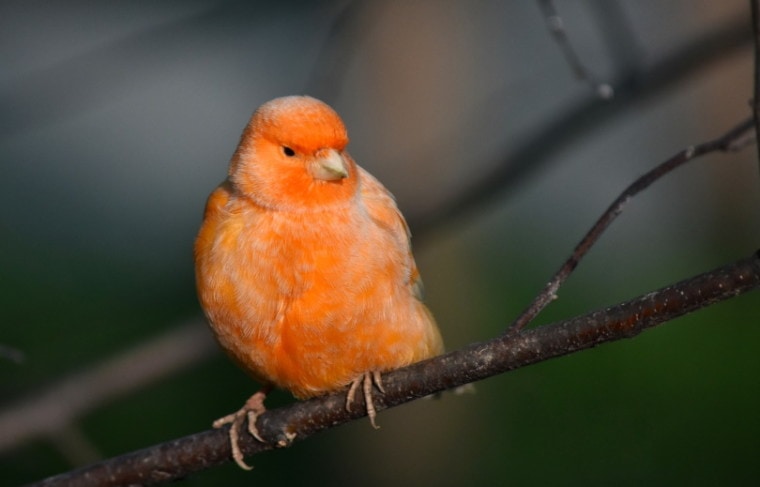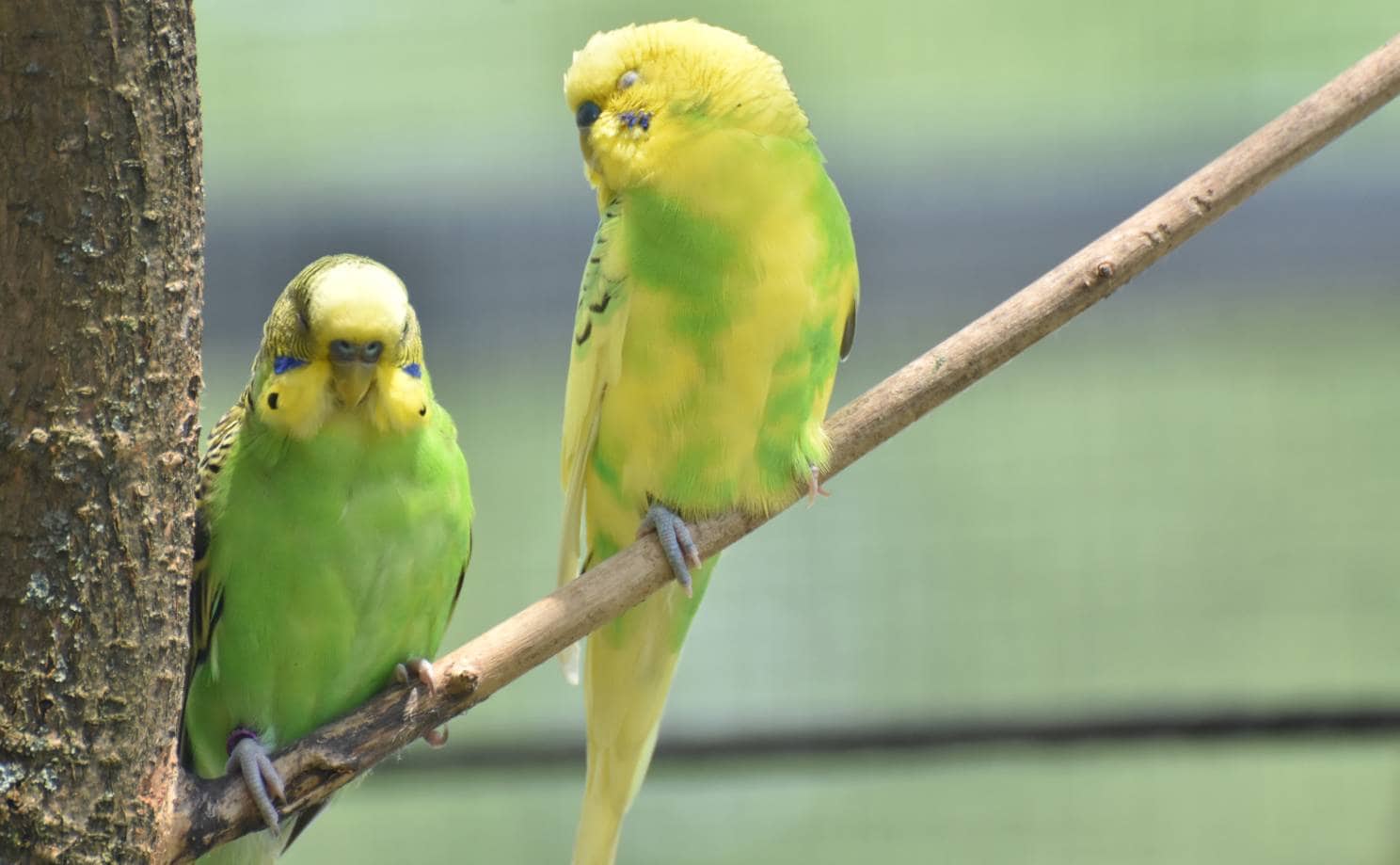
Canaries are known for their bright yellow coloration and beautiful song. As time has gone on, people have begun breeding different colors and varieties of the humble canary. One type of bird that has come from selective breeding of canaries with a tiny bit of crossbreeding is the Red-Factor Canary. This lovely bird may not be the best singer, but that’s because it isn’t what they were bred for. They were bred for a specific coloration, and they do that beautifully.
Species Overview
| Common Names: | Red-Factor Canary |
| Scientific Name: | Serinus canaria domestica |
| Adult Size: | 5.5 inches |
| Life Expectancy: | 10 – 12 years |

Origin and History
In the 17th century, canaries first began being bred under human care. They were brought to Europe from the Macaronesian Islands by way of Spanish sailors. Once in Europe, they rapidly grew in popularity due to their yellow plumage and lovely song. As more and more people began to own canaries, they began breeding for specific traits. In the early 20th century, canaries began being crossbred with the Red Siskin, leading to the development of the Red-Factor Canary.
Red Siskins are native to Venezuela, Colombia, and Guyana, and are now endangered. There used to be a population in Trinidad that has gone extinct locally. The Red Siskin is no longer used in the breeding of the Red-Factor Canary, though. Today, Red-Factor Canaries are bred to each other to carry on the genes that create their red and orange plumage. In fact, Red Siskins make up such a small part of the Red-Factor Canary DNA that Red-Factor Canaries are not considered a separate species from domestic canaries.
Red-Factor Canary Colors and Markings

These birds are instantly recognizable because of their bright red feathers. Their colors can range from pinkish red to dark red, and some even develop an orange, copper, or peachy hue. The brighter and more developed the colors are, the higher quality the bird is considered. When showing, only the highest quality birds win. The diet the bird is fed directly correlates with its color development, but diet only effects new feathers. Dietary changes will not alter the colors of feathers that have already grown in.
They can have frosted feathers, which indicates less intense coloration mixed with frosty white, pink, or orange shades. Non-frosted feathers will have more intense, deep colors. Melanistic Red-Factor Canaries have shades of red, copper, and brown intermingled. While most Red-Factor Canaries have smooth, short feathers, there is a crested variety as well.
Diet and Nutrition
To produce the red colors of these birds, a specific diet is required. Without it, they tend to revert to yellow or pinkish tints, closer to a regular domestic canary. Special color diets are produced commercially and include added chemical colorants that support the red colors. However, many people opt to feed a more natural diet to enhance the colors.
Foods rich in beta-carotene and carotenoids are the key to vibrant colors in Red-Factor Canaries. Naturally red and orange foods are typically high in carotenoids, although broccoli and leafy greens, like spinach, are as well. A diet with a variety of red and orange fruits and veggies, like sweet potatoes, carrots, cherries, beets, pumpkin, paprika, cayenne pepper, strawberries, raspberries, and tomatoes, will bring out the brightest colors.
Where to Adopt or Buy a Red-Factor Canary

Many big box pet stores carry Red-Factor Canaries, and they can routinely be found in smaller pet shops as well. Since they are difficult to breed, you should expect to spend somewhere between $60–$100 on a single bird. Breeders often advertise their birds online, so you should have no trouble finding someone who has healthy birds for sale. It is possible for you to find one of these birds via a rescue or local rehoming page, but it is unusual since many people opt for more exotic birds than canaries. Generally, people who bring home canaries have researched and are prepared to meet the bird’s needs.
Conclusion
Red-Factor Canaries are attractive birds that can be a lovely centerpiece to any home. Just don’t expect them to serenade you with a beautiful song. They have been specially bred to develop their colors, losing some of the melodic qualities of the canary song along the way. They will sing for you, though! With a proper diet and an educated owner who is prepared to meet their needs, these birds can live upwards of 10 years, making them a long-term commitment.
- Related Read: 10 Best Canary Bird Cages: Reviews & Top Picks
Featured Image Credit: Chris Allen, Pixabay








